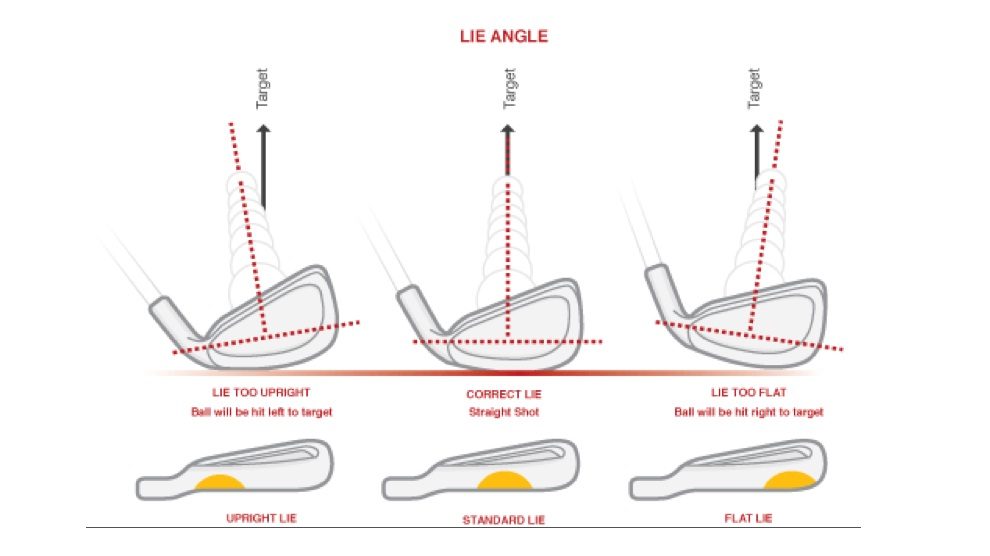The lie angle on your golf clubs is one of the most-important, least-discussed facets of golf equipment. So let's talk about lie angle, what it is and how it can affect your golf swing and ball flight.
First, quite simply, lie angle is the measured angle created by the sole of a golf club when flat against the ground and the angle of the shaft. It's always an acute angle, less than 90 degrees. The lie angle dictates, in part, where your hands will be positioned on the golf club, relative to the ground, at address.
In an ideal world, the lie angle of your golf clubs will allow you to hit any type of golf shot with the swing that you have. You could hit the all nine shots -- draw, straight and fade in high, medium and low flights -- with your clubs. That's not realistic for most players, meaning they need to be able to have a lie angle that helps them accommodate their strengths and avoid their weaknesses. So, how can a golfer work with a clubfitter to do just that? Well, you need to know how lie angle can affect ball flight.
If your lie angle is too upright, typically meaning that it's closer to 90 degrees than 0 degrees, then that means you will typically hit the ground with your club with the heel side of the sole. Hitting the ground with the heel of the sole means you're hitting with a closed face, leading to a pull or a hook, meaning the ball will sail well left of the intended target. From a visual standpoint, the toe of the golf club will be too much in the air at impact.
If your lie angle is too flat, typically meaning it's closer to 0 degrees than 90 degrees, then that means you will typically hit the ground with your club with the toe side of the sole. Hitting the ground with the toe of the sole means you're hitting with an open face, leading to a fade or a slice, meaning the ball will sail well right of the intended target.
When you're trying out equipment, then, it's good to use lie angle tape to figure out how you're swinging with a particular club. It's also important to know how you stand at address (more upright or flat), your height (taller players tend to stand more upright, but not universally) and the distance from your hands at address to the ground with your clubs.
If you're liking the club but not quite hitting it how you'd like with your lie angle, then the clubfitter can make an adjustment that could mean the difference between having the right club for you or not.

